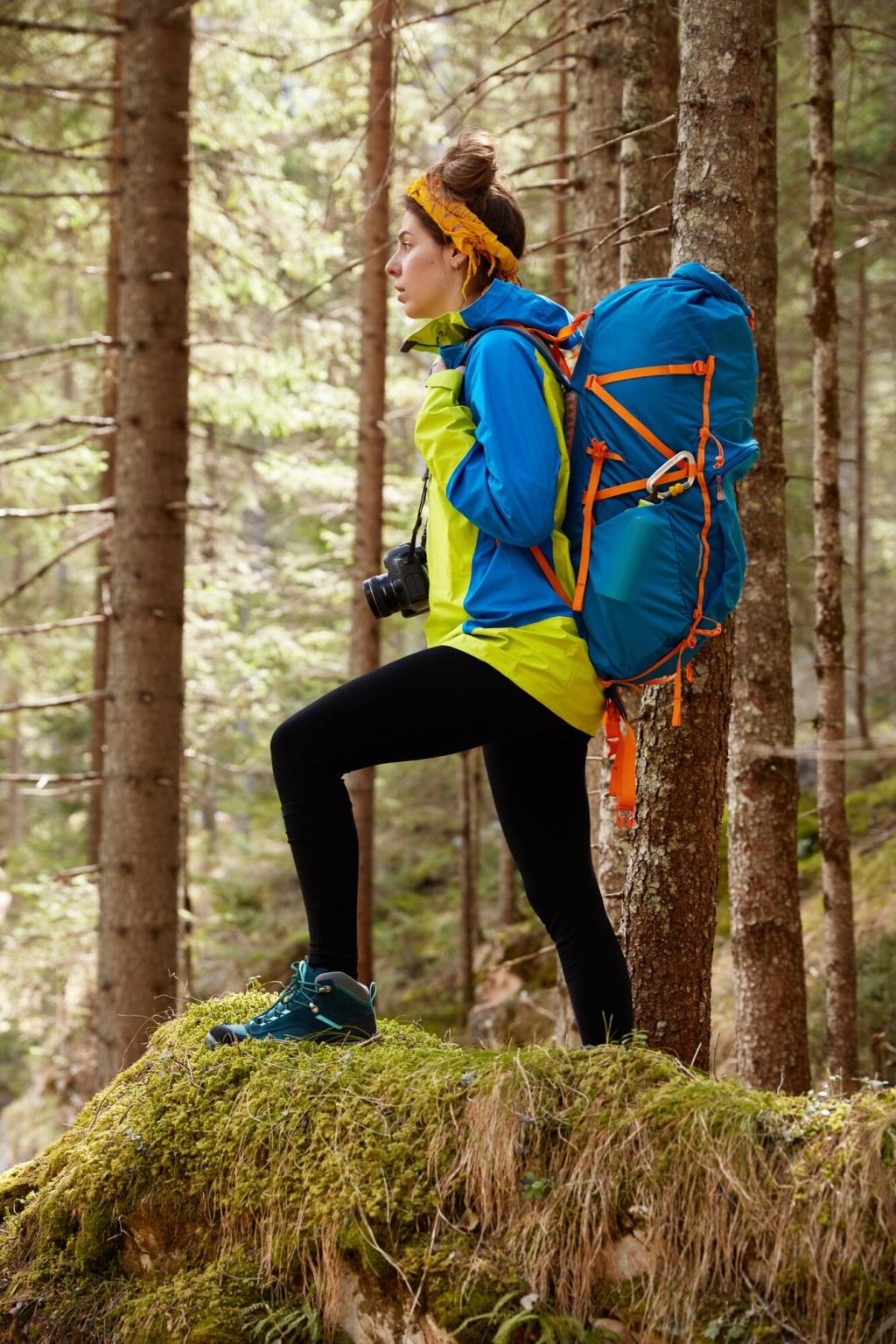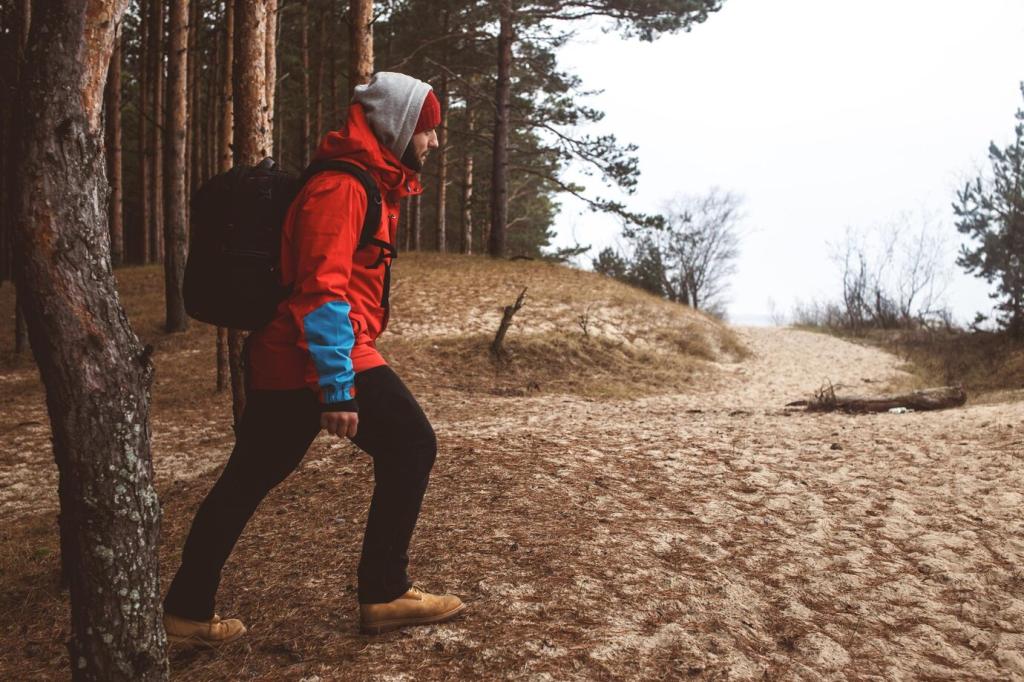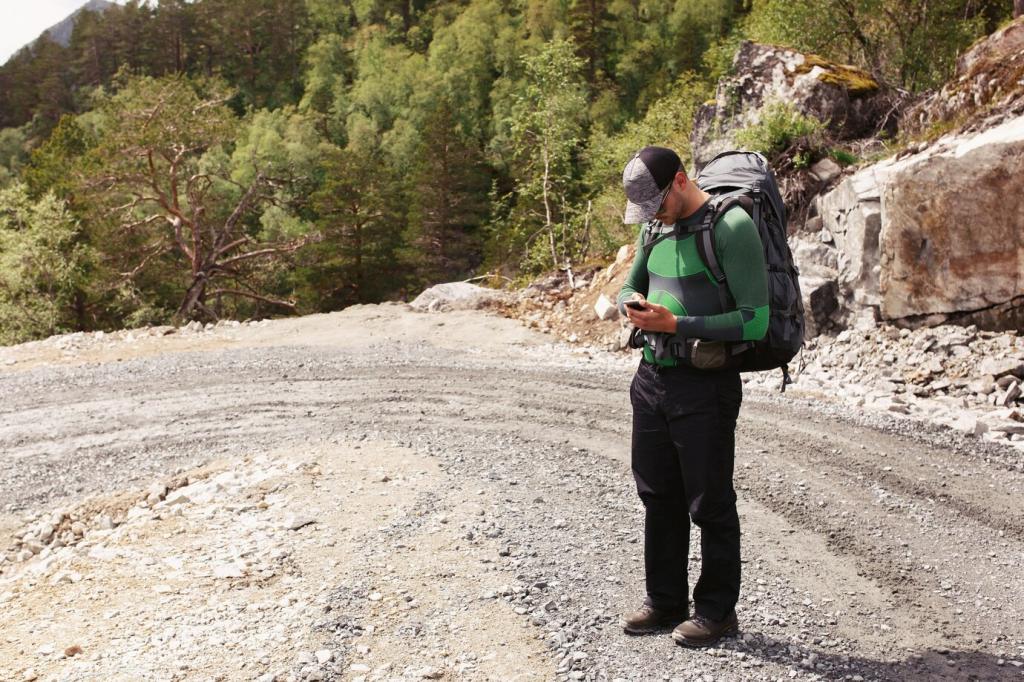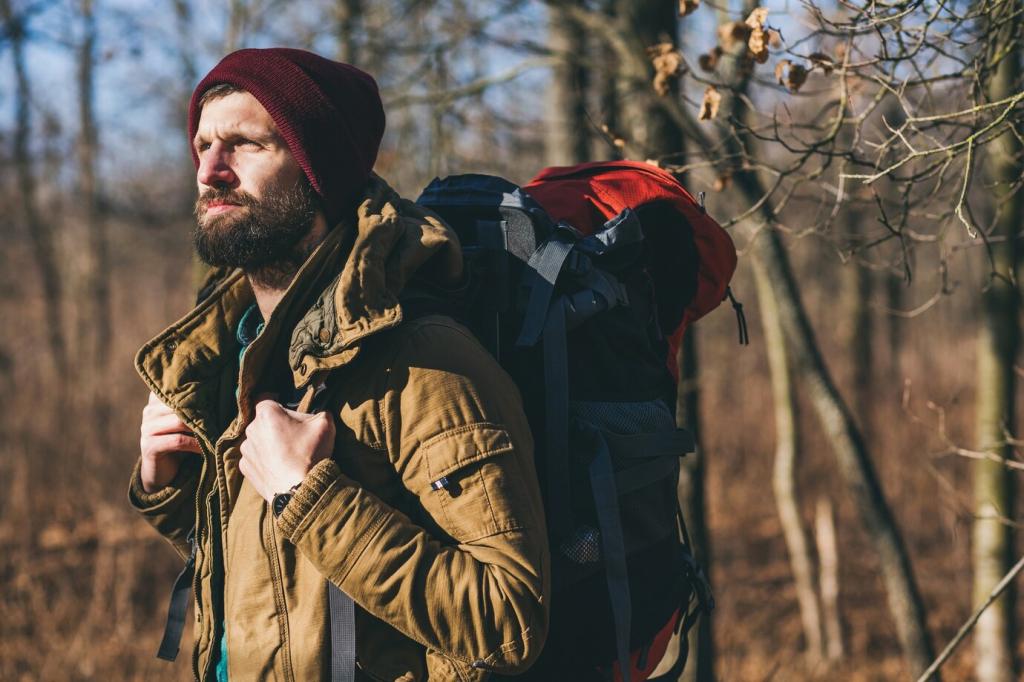Universal Criteria: Low Impact, Comfort, and Safety
Camp at least 200 feet from water, trails, and fragile flora. Use rock, gravel, snow, or established pads. Share your micro-adjustments that reduce impact without sacrificing comfort.
Universal Criteria: Low Impact, Comfort, and Safety
Scan above, below, and sideways. Avoid undercut banks, dry streambeds, and talus funnels. Comment with a time situational awareness saved your night, and inspire safer choices.
Universal Criteria: Low Impact, Comfort, and Safety
Consider wind hum, water roar, and echoing basins. Keep respectful distances between tents. What spacing keeps conversations private yet friendly? Leave a note for the community.








